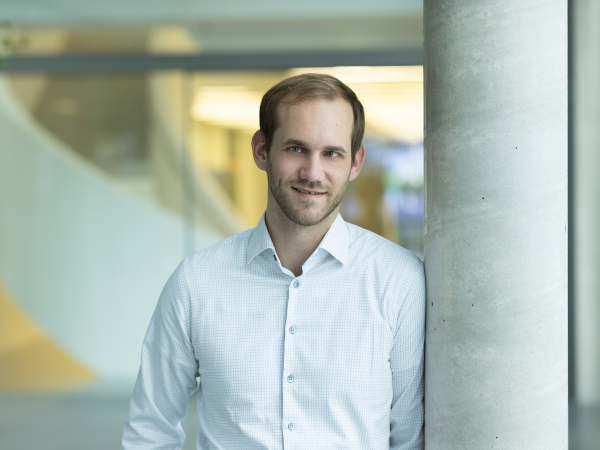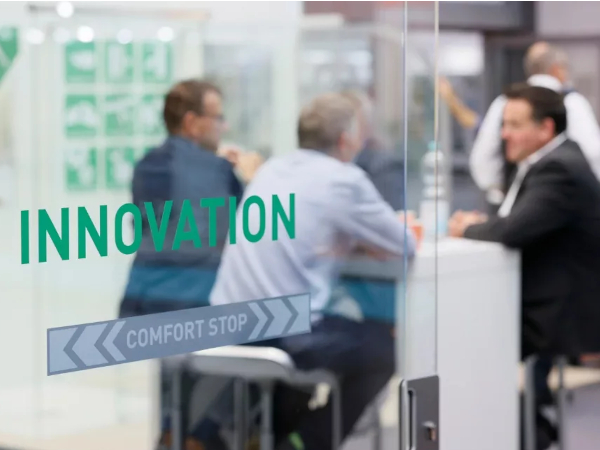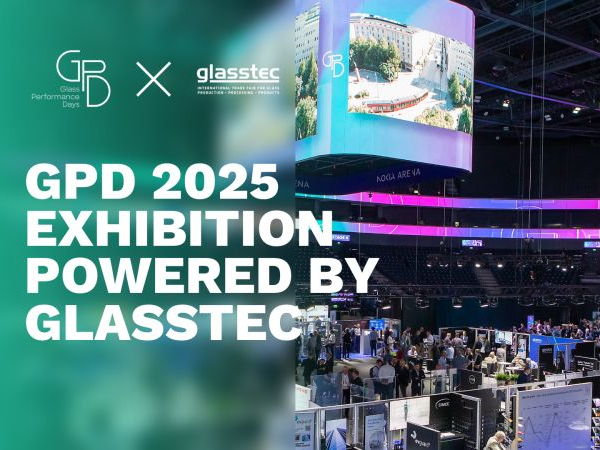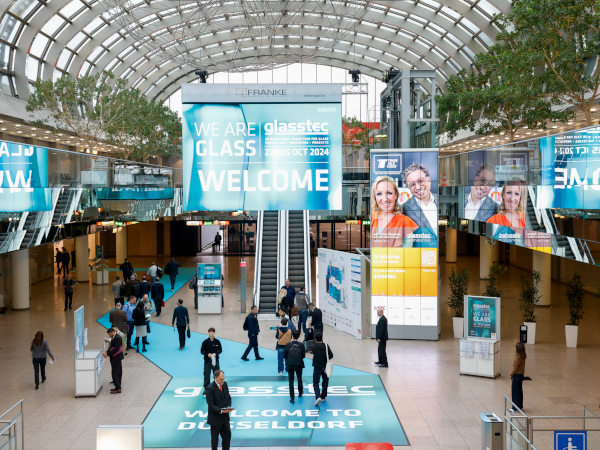Date: 7 October 2004
In August 2004, first field trials under production conditions were carried out successfully.
It is used in display technology, windscreens of cars and windows of houses are made of it and it embellishes coffee tables in living rooms: 2.1 million tons of flat glass are produced in Germany every year. Cutting the glass to size is particularly costly and time consuming in this process. In the method of glass separation commonly used at present the contour is scratched into the glass by means of a glass cutter wheel, which inevitably leads to chipping. Moreover, in order to avoid cracks or even fragmentation along the scratch edge when the glass is broken, the broken edges have to undergo an involved finishing process.
With the aim of optimizing flat glass cutting, an association of businesses is developing a new process in collaboration with the Fraunhofer Institute for Mechanics of Materials IWM, Freiburg, Germany, in the L.i.S.T. research project (Laser induziertes Spannungs-Trennverfahren, laser-induced stress separation process), which is supported by the Federal Ministry for Research and Technology: in the laser-induced stress separation process the sensitivity of glass to temperature is exploited. The basic idea consists in building up directed stress in the glass with the aid of well-aimed heating by means of a laser and subsequent cooling. After mechanical initialization, the glass breaks exactly along this stress field. The broken edges are so neat and smooth that no further finishing of the edges is required.
ECKELMANN AG has been collaborating with the German mechanical engineering companies Hegla in Beverungen, Torgauer Maschinenbau, Grenzebach in Asbach and the laser manufacturer FeHa, Halle/Saale in this innovative project. The contribution of ECKMANN AG is the development of an integrated control solution that makes the complicated technology transparent to the user. The basis of this solution is the proven CNC control family CONTROL ENC55 in standard rail format. The ECKELMANN Standard HMI is adapted for operation, particularly for setting the laser and the process parameters.
At the end of August, the first successful operation under production conditions could take place in a glass manufacturing plant with float machinery. Firstly, the ribbon of glass produced there has to be cut along both edges for the purpose of smoothing. Secondly, the glass panels have to be separated at the desired length by transverse cuts. In the field trial, the conventional glass cutter wheel for carrying out the longitudinal cuts was replaced with the L.i.S.T. laser apparatus. With great success after high-precision adjustment and with joint efforts, representatives of the Fraunhofer Institute as well as Grenzebach, who were responsible for the mechanics in this application, FeHa, who supply lasers and scanners, and Eckelmann AG were able to start glass processing on a large scale. In the course of the weekend during which the trial took place, the glass ribbon kept moving for 55 h at a velocity of 9 m/min. That means a length of approximately 30 km or a glass area of 100,000 square metres. That might be a record even if the laser apparatus was, of course, not running without interruption.
The results of the project will be presented to the public on the international trade fair Glasstec 2004 (from 9 November to 13 November 2004 in Düsseldorf, Germany). ECKELMANN AG, too, will demonstrate their contribution in the framework of a series of talks and an exhibition stand (hall 11, stand A43).







Add new comment